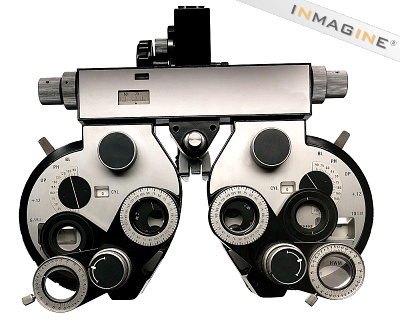In the United States, diabetic eye disease is the leading cause of vision loss among working-age adults.
Diabetic retinopathy is the most common form of this disease, and affects about 28.5 percent of Americans with diabetes age 40 and older. That’s more than 7 million people, and the number is expected to reach more than 11 million by the year 2030.
Typically, diabetic retinopathy has no symptoms until it reaches an advanced stage. But the disease can be detected early through a comprehensive dilated eye exam. In this procedure, an eye professional will put drops in your eye to dilate (widen) the pupil, which allows a closer look at the retina.
The condition can creep up quietly. It gradually weakens small blood vessels in and around the retina, the light-sensing layer of tissue at the back of the eye. If the disease progresses, these vessels may rupture and leak blood into the eye; they can also spread and grow on the surface of the retina and cause scarring.
Diabetes can be managed thru regular eye exams and follow up with your optometrist- with early detection, timely treatment, and appropriate follow-up, the risk of severe vision loss from diabetic retinopathy can be reduced by 95 percent.
with early detection, timely treatment, and appropriate follow-up, the risk of severe vision loss from diabetic retinopathy can be reduced by 95 percent.





